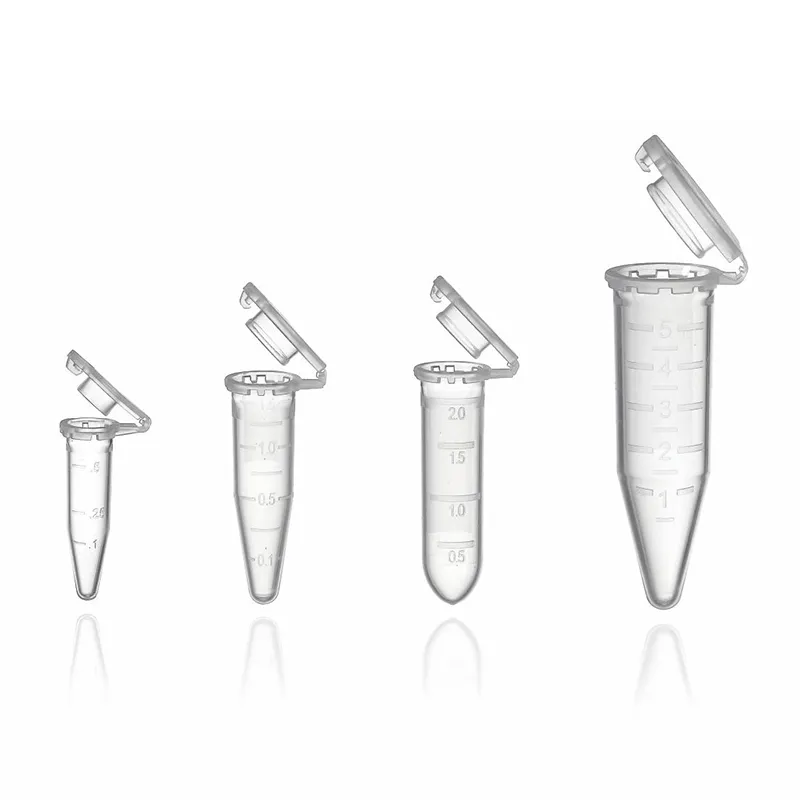Urine Transfer Tube for Efficient Sample Collection and Analysis
The Importance of Urine Transfer Tubes in Medical Diagnostics
In the field of medical diagnostics, urine analysis plays a vital role in assessing an individual's health status. One of the critical components in performing urine tests is the urine transfer tube, an essential tool designed to safely transport urine samples from the collection site to the laboratory for analysis. This article explores the significance of urine transfer tubes, their design, and how they contribute to accurate medical diagnoses.
Understanding Urine Transfer Tubes
Urine transfer tubes are specialized containers made to store and transport urine specimens. These tubes are usually made from high-quality materials, such as polypropylene or glass, that ensure chemical stability and prevent contamination. They come in various sizes and often include a secure lid to minimize the chances of spillage. The design of these tubes not only protects the integrity of the sample but also enhances safety during transportation.
The Role of Urine Samples in Diagnostics
Urine tests are pivotal in diagnosing numerous health conditions. They can provide significant information about a patient’s metabolic state and kidney function, help identify urinary tract infections, and screen for various diseases, including diabetes and liver disorders. The analysis of urine can also detect drugs, proteins, glucose, and blood, making urine testing a non-invasive way to monitor health.
Given the importance of these tests, the role of urine transfer tubes becomes apparent. A properly designed transfer tube ensures that the sample remains uncontaminated and intact, providing accurate results crucial for effective diagnosis and treatment.
Features of High-Quality Urine Transfer Tubes
To maintain the integrity of urine samples, high-quality urine transfer tubes come with several important features
1. Sterility Most urine transfer tubes are sterilized to eliminate any contaminants that could interfere with the test results. This ensures that the sample reflects the patient's true physiological state.
2. Secure Sealing A well-designed lid that adequately seals the tube helps prevent leaks and evaporation, which could alter the concentration of the urine and affect test outcomes.
urine transfer tube

3. Clear Labeling Many tubes come with labeling areas for patient information and sample details. This is critical in preventing mix-ups during analysis and ensuring traceability.
4. Volume Markings Some urine transfer tubes include volume markings to help healthcare professionals collect the precise amount of urine required for testing, further enhancing accuracy.
5. Compatibility for Testing High-quality urine transfer tubes are designed to be compatible with various types of testing methods, whether manual or automated.
The Process of Sample Collection and Transfer
The process begins with proper urine sample collection. Patients are often given specific instructions regarding the collection method, such as using a midstream sample to minimize contamination. Once collected, samples are immediately transferred into sterile urine transfer tubes.
After sealing the tubes, they are labeled appropriately and transported to the laboratory. During transportation, tubes must be handled with care to avoid breakage or spillage. Once they arrive at the laboratory, technicians conduct a range of tests such as urinalysis, culture, and sensitivity testing, using the samples stored in the transfer tubes.
Challenges and Innovations
Despite their importance, urine transfer tubes face challenges such as potential contamination, sample degradation, and human error in labeling. Recent innovations in urine collection and transfer technology aim to address these issues. Smart urine collection systems, for example, incorporate integrated sensors for temperature and volume, ensuring samples stay within optimal conditions during transport.
Conclusion
Urine transfer tubes are an indispensable component of the healthcare supply chain, serving as a bridge between urine collection and laboratory analysis. Their design and functionality directly impact the accuracy and reliability of urinary diagnostic tests. As technology advances, the future of urine transfer tubes holds promise for even greater improvements, ensuring that healthcare providers can make informed decisions based on precise and meaningful data. Ultimately, the careful handling of urine samples through effective transfer tube technology is paramount in enhancing patient care and health outcomes.
-
Aesthetic Makeup Spray Bottles | Fine Mist Empty RefillableNewsAug.19,2025
-
White Plastic Veterinary Vaccine Vials | Lab Liquid BottlesNewsAug.18,2025
-
Plastic Medicine Liquid Bottle: Secure Flip Top Drug VialsNewsAug.17,2025
-
Durable 250ml Blue Plastic Vaccine Vial for Lab & Vet UseNewsAug.16,2025
-
Sterile Virus Sample Tubes: Secure & Reliable Specimen CollectionNewsAug.15,2025
-
White 250ml Plastic Vaccine Vial for Lab & Vet MedicineNewsAug.14,2025
























